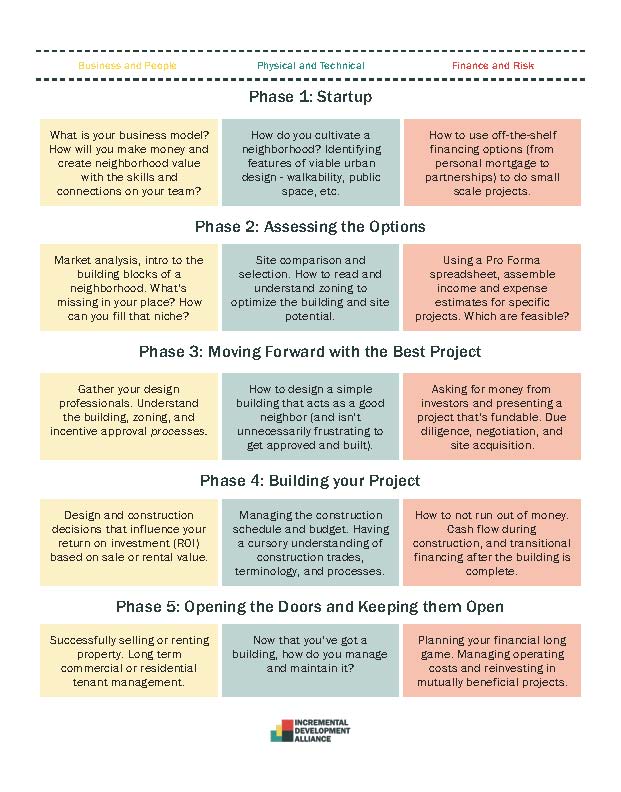 I spent the last week working with 14 teams of grad students in the University of Miami's Masters in Real Estate Development + Urbanism program (MRED+U). Each of these teams of 4-5 people have been assigned an infill parcel in the Allapattah Neighborhood of Miami. Their packet included a purchase price and the basic zoning information under the current Form-Based-Code Miami 21. The team were typically a mix of MBA candidates taking the class as an elective and students enrolled in the MRED+U program who are required to take the class. Many of the MRED+U students come from urban design or Architecture.
I spent the last week working with 14 teams of grad students in the University of Miami's Masters in Real Estate Development + Urbanism program (MRED+U). Each of these teams of 4-5 people have been assigned an infill parcel in the Allapattah Neighborhood of Miami. Their packet included a purchase price and the basic zoning information under the current Form-Based-Code Miami 21. The team were typically a mix of MBA candidates taking the class as an elective and students enrolled in the MRED+U program who are required to take the class. Many of the MRED+U students come from urban design or Architecture.
Here's what I found myself explaining in various ways:
- Likely Rent is your first constraint. Know what your tenants can afford to pay in rent. If you can't get the rent needed to support an expensive building, see if you can build a less expensive building.
- If you are building a small project, look at the broad market for the neighborhood, but target staff from local institutions like the hospital and the airport.
- Understand how design impacts construction cost. Know how the building code, the zoning code and the Fair Housing Act impacts the cost and complexity of basic building types.
- Form follows parking (especially in small infill projects). Figure out the most efficient parking approach early in your design and pro forma process. The zoning may allow up to 5 stories, but may also require so much off-street parking that you don't have room to park the number of cars required by the number of units that you would build in the 5 story building.
- If you can't figure out what to build, try two very different designs to force you to weigh the trade offs in cost and revenue. Keep them at the same level of detail to help you see the differences.
Watching bright and engaged people trying to figure out how to do something for the first time is very compelling.

 When I hear the question "How Do I get Started as a Developer?" it is usually followed by a string of questions which amount to "Can you draw me a map that will guide me through every detailed step to becoming a developer?"
When I hear the question "How Do I get Started as a Developer?" it is usually followed by a string of questions which amount to "Can you draw me a map that will guide me through every detailed step to becoming a developer?"